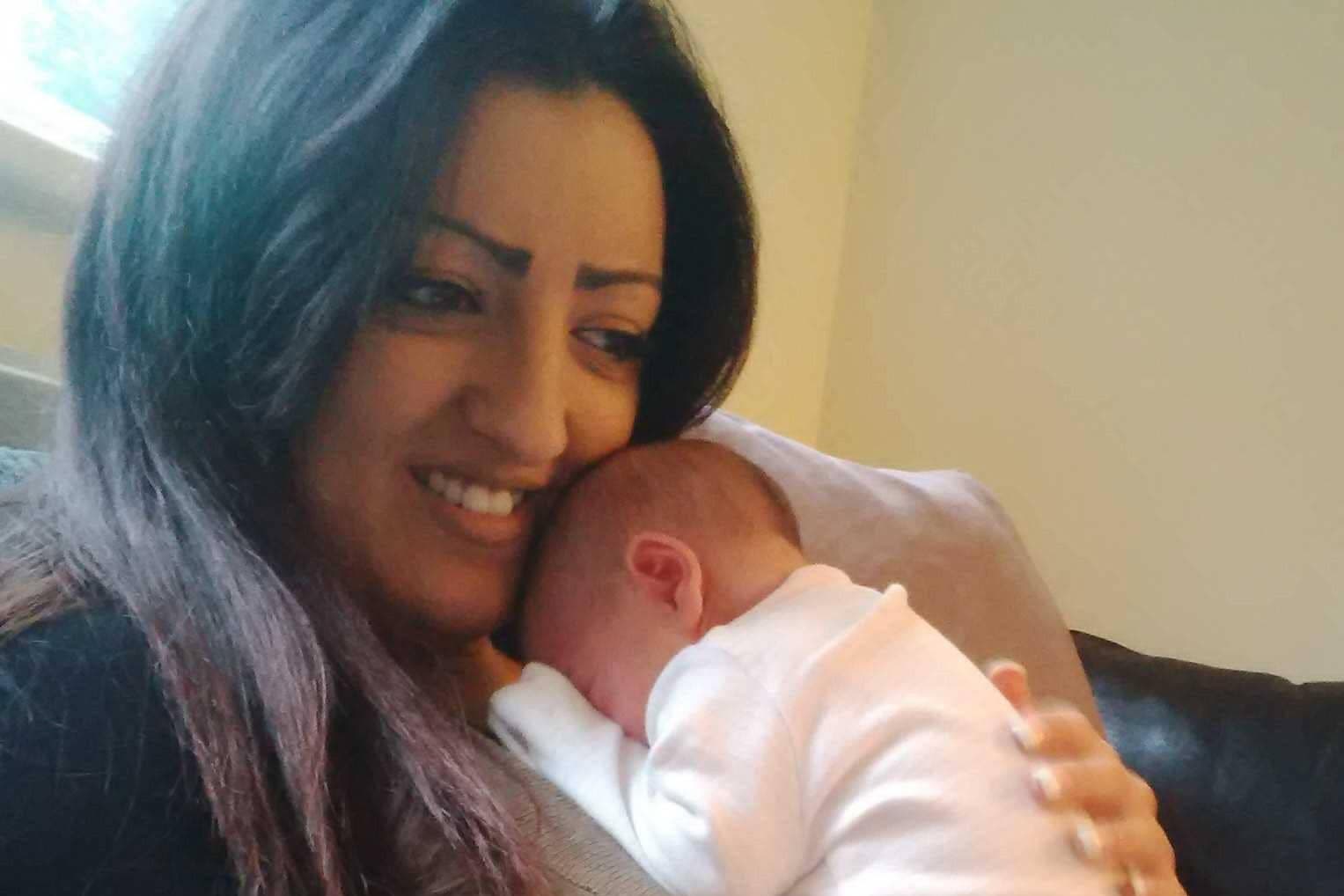Two mothers who died with herpes ‘most likely exposed to infection in surgery’
Kimberley Sampson, 29, and Samantha Mulcahy, 32, died with herpes in 2018 after the same obstetrician conducted their Caesareans.

Two new mothers who died with herpes were “most likely” exposed to the infection during their Caesarean section surgeries, a sexual health expert has told an inquest.
Mid Kent and Medway Coroners is investigating the cases of Kimberley Sampson, 29, and Samantha Mulcahy, 32, who died in 2018 after the same obstetrician conducted their Caesareans.
They were treated weeks apart in hospitals run by East Kent Hospitals University NHS Trust (EKHUT).
Exposure at the time of surgery is unquestionably the most likely explanation
Both died with herpes shortly after giving birth and their families have been waiting almost five years for answers.
Peter Greenhouse, a sexual health consultant with expertise in gynaecology and sexually transmitted infections in women, gave evidence via a video link on Thursday in the inquest in Maidstone, Kent.
He told the court: “Exposure at the time of surgery is unquestionably the most likely explanation.”
Mr Greenhouse said the medical evidence shows that the chances of Ms Sampson and Ms Mulcahy’s infections coming from a “common source” is “very high”.
He insisted that there is no “biologically plausible explanation” as to how the two women might have been infected in the community prior to admission to hospital.
Mr Greenhouse also said sexual transmission was “enormously unlikely”.
Five out of six of the people in the courtroom will have been exposed to herpes
The inquest has been told of two theories which could indicate that the doctor who conducted both women’s surgeries, who cannot be named for legal reasons, was a potential source of infection.
The first theory indicates there could have been a droplet infection at the time of the surgery.
Another theory, one supported by Mr Greenhouse, suggests the infection could have come from a whitlow, which is a herpes infection of the finger.
The expert was told the surgeon gave evidence saying his hands were fully scrubbed and double gloved, that he was wearing a mask during the procedures and that he did not have a whitlow nor any history of the infection.
Responding to the surgeon’s evidence, Mr Greenhouse said: “The absence of any obvious signs or symptoms of herpes anywhere in this person’s history or their own knowledge does not in any way exclude the possibility that they could have been exposed.
“Five out of six of the people in the courtroom will have been exposed to herpes.”
He added that herpes can be “covert” and “hidden”, insisting it is possible to have a “covert herpetic whitlow”.
“Double gloving and absence of a history of a whitlow does not prevent a covert whitlow having been the source,” Mr Greenhouse went on. “It may reduce the possibility somewhat but it does not remove the possibility.”
Referencing maternity data, the expert told the inquest that the risk of dying from herpes in pregnancy is one in 3.2 million – calling Ms Sampson and Ms Mulcahy’s cases an “exceptionally rare and tragic scenario”.
Professor Sebastian Lucas, the pathologist who performed post-mortem examinations for both women, told the inquest that the droplet and whitlow hypotheses “could” account for infection but that there are “other possibilities” – including community acquisition.
He did not believe the infection had been sexually transmitted in either patient.
Asked whether or not the theory that the surgeon infected both women was “borne out on the evidence”, Prof Lucas said he finds it “very strange” that someone could infect two different people 54 days apart.
He recorded the causes of death in both cases as liver and multi-organ failure and “disseminated HSV 1 infection” – herpes – acquired “before or around” the time of delivery.
The professor also included “third trimester pregnancy” in the causes of death as women can become “immunocompromised” during that time.
He added: “If they had not been pregnant we would not be here and they would be alive and well.”
Ms Sampson’s baby boy – her second child – was delivered at the Queen Elizabeth the Queen Mother Hospital in Margate, Kent, in May 2018.
She died at the end of the month in hospital in London.
In July 2018, first-time mother Ms Mulcahy died at the William Harvey Hospital in Ashford, Kent.
The hearing was adjourned to Friday at 10am.
Bookmark popover
Removed from bookmarks